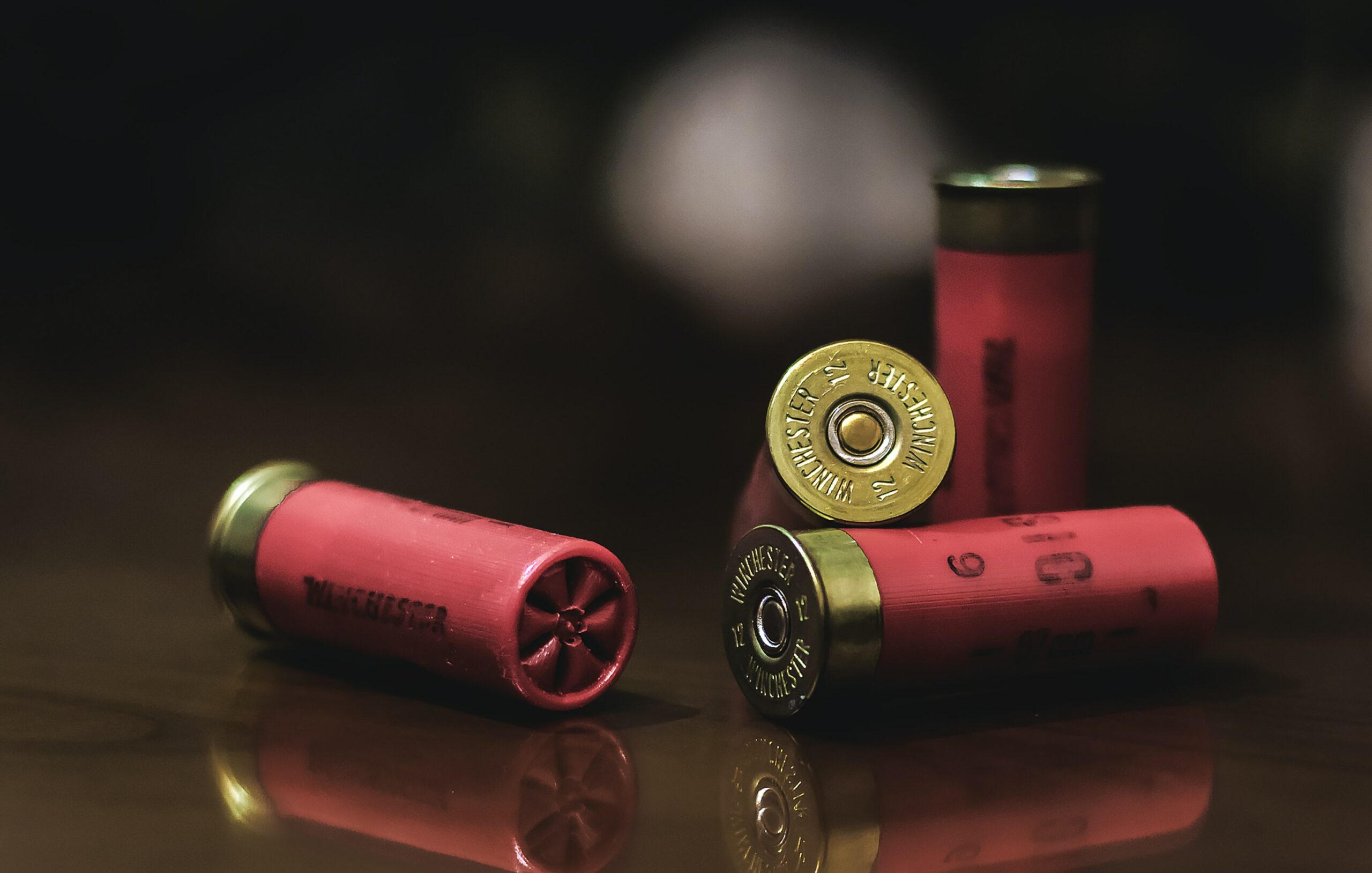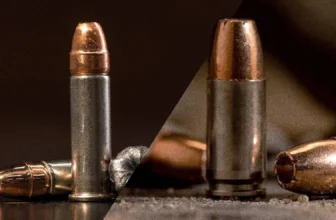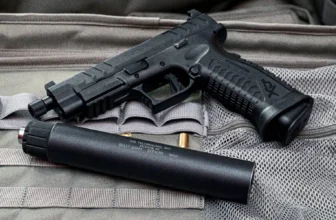We all remember the early stages of the ammo shortage. Empty store shelves, patrons wrapped around the local gun stores in the hope that they could score a box or two of gun ammunition, and no one with any clue when the hard time would pass. Now, two years later, we’re finally seeing some improvement.
At the time, COVID was the primary driver behind shortages. But now, travel regulations are being lifted and mask mandates are a memory. Life has more or less returned to normal.
So why is there still an ammo shortage?
While COVID may have been the main force behind the shortage, it was far from the only factor at play. If you want to understand the situation, here are five points you need to understand.
1. The Shortage Started Before 2020
Most commentators point to the early lockdown months as the point when ammo shortage started. But if you examine the facts, the writing was already on the wall. COVID was only a catalyst.
Gun ownership indeed surged during the pandemic months, with about 5 million Americans becoming new gun owners. But there’s a difference between correlation and causation.
And in this case, we know the pandemic alone was not the cause because the trend toward more gun owners was already in progress.
Back in 2017, a Pew Research study on the demographics of gun ownership produced some interesting findings. Most notable was the fact that the majority of non-gun owners stated that they were open to purchasing one in the future.
This isn’t surprising, seeing as the 2010s saw an unquestionable uptick in civil unrest, mass violence events, and racially-motivated assaults. The same Pew Research study found that two-thirds of gun owners kept a weapon for personal protection, so it’s not hard to conclude that escalating social upheaval was already driving an increase in gun ownership.
At the same time, the industry was already failing to keep up with demand.
Remington’s first bankruptcy in 2018 is a good example. Forced to cut costs and reduce production, the filing triggered a mini ammo shortage.
This should have been a sign to the industry to increase production capacities. When Remington again filed for bankruptcy in 2020, it catalyzed a shortage that was already in progress.
2. COVID Is Still a Factor
While life has largely returned to normal, public health officials caution that the pandemic is very much not over. It’s not a matter of if we’re seeing another surge, but how severe that surge is.
Still, it’s unlikely that we’ll see large-scale shutdowns as we did in the spring of 2020. But that doesn’t mean manufacturing isn’t feeling the effects. Large numbers of workers out sick means that even if a manufacturer wanted to increase production to meet rising demand, they can’t maintain the labor force to do that.
And COVID doesn’t only affect factory production. Supply chain issues, both in importing raw materials and shipping finished products, continue to contribute to shortages.
3. Raw Material Shortages Are Stopping Manufactures From Catching Up
Speaking of supply chain issues, manufacturers are having problems that aren’t necessarily related to COVID as well. Many of the main materials you need to craft ammo have seen shortages over the last couple of years.
For one example, you might not think of lead as very rare or valuable, but it was nevertheless in short supply in 2020 and 2021. The cause was a sudden spike in demand for lead-acid car batteries, as millions of cars left idle during COVID lockdown suddenly needed replacements all at once.
But the real problem is copper.
These days the red metal may as well be good as gold. And market analysts are only expecting the shortage to get worse.
Part of the drain on copper reserves is booming construction. About half the world’s annual copper yield is used in the construction industry, and booming economies like China have put a massive strain on resources.
Closer to home, the emerging green energy sector consumes copper faster than it can be produced. An electric car takes three times the copper to build as a gas-powered car, and solar and wind farms need it for energy storage and transfer.
The construction and green energy industries aren’t likely to cool off anytime soon. And new copper mines will take months, if not years, to come online. So for the foreseeable future, ammo manufacturers will have to compete for a finite supply of the copper they need to make casings and jackets.
4. Import Restrictions Are Making the Situation Worse
Normally, there would be an obvious solution to shortages of domestically-made ammo: buy imported. This time, however, it’s not always an often.
The problem is that a lot of imported ammo comes from countries that the U.S. has contentious relationships with. Cheap, Russian surplus ammo has always been a favorite among frugal gun owners, for example. But after the Biden administration issued sanctions on Russian arms and ammunition last year, it’s suddenly in short supply.
It’s a similar case with Chinese ammo. A standing ban on Chinese ammo and many Chinese firearms makes importing cheap stock impossible.
So you end up with a situation where domestic manufacturers cannot meet demand, and the most prolific foreign producers are not a viable option.
5. You Won’t See the Ammo Shortage Ending Anytime Soon
All told, you can expect the ammo shortage to continue at least in the intermediate term.
Situations like COVID, copper shortages, or the ongoing hostilities are themselves complex problems with no easy solution. Meanwhile, demand for guns and ammo continues to rise faster than manufacturers can satisfy it.
For the time being, consumers will have to find ways to shop smarter, like buying ammo in bulk whenever available. It remains one of the few viable ways to ensure a steady supply while saving in the process.
Combating the Shortage of Ammo
The bottom line is that because of the myriad factors contributing to the ammo shortage, it will take a while to resolve. And in the meantime, gun owners can expect to pay a premium for ammo.
To mitigate those rising prices, you have to invest in an Ammo Prime membership.
This exclusive club gets you an 8% discount and free shipping on every order to help slash the cost of ammo. You’ll also receive priority alerts when new stock arrives, so you get an advantage when hard-to-find calibers arrive at our warehouse. Join now and start saving today.






